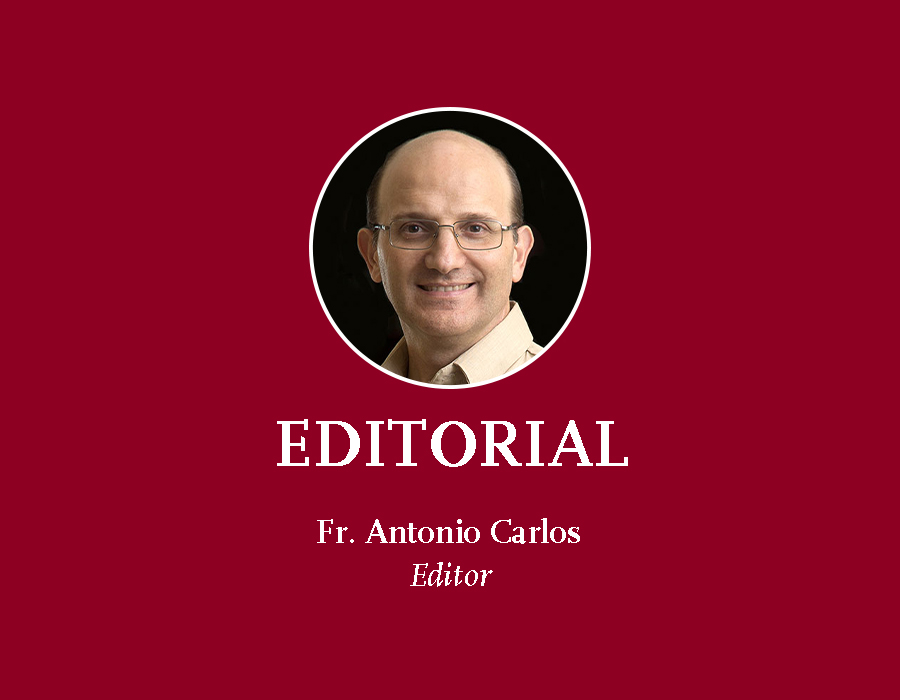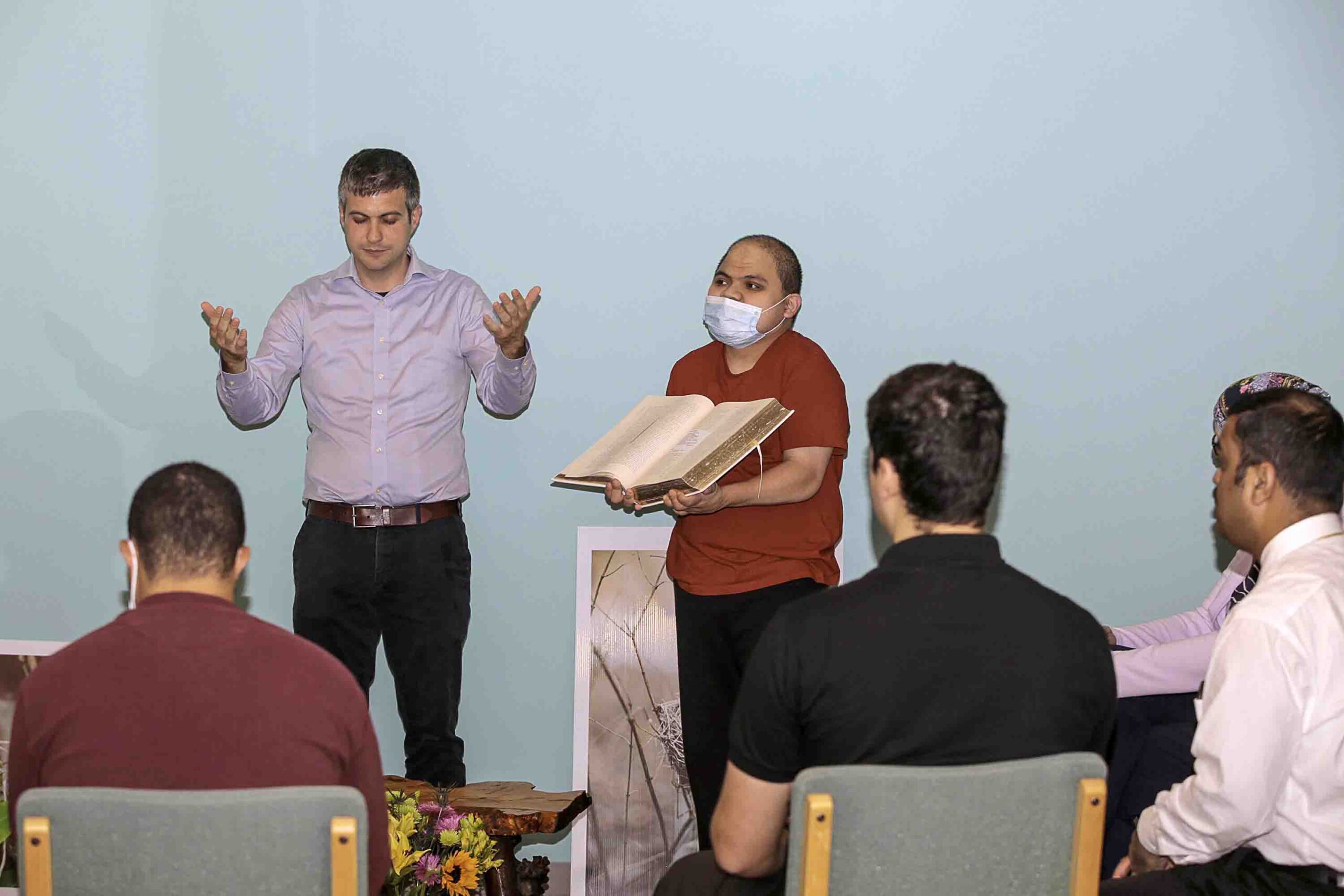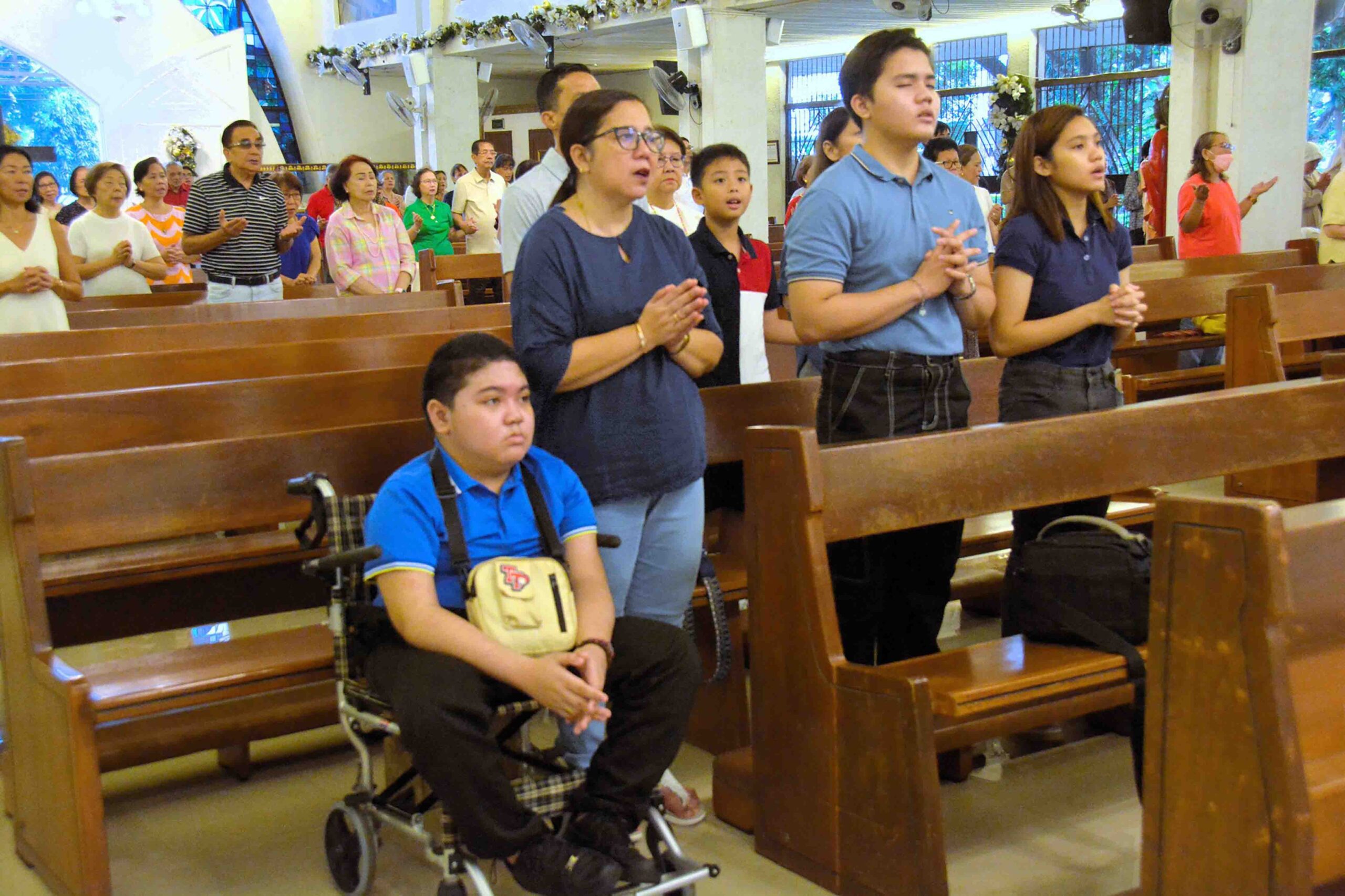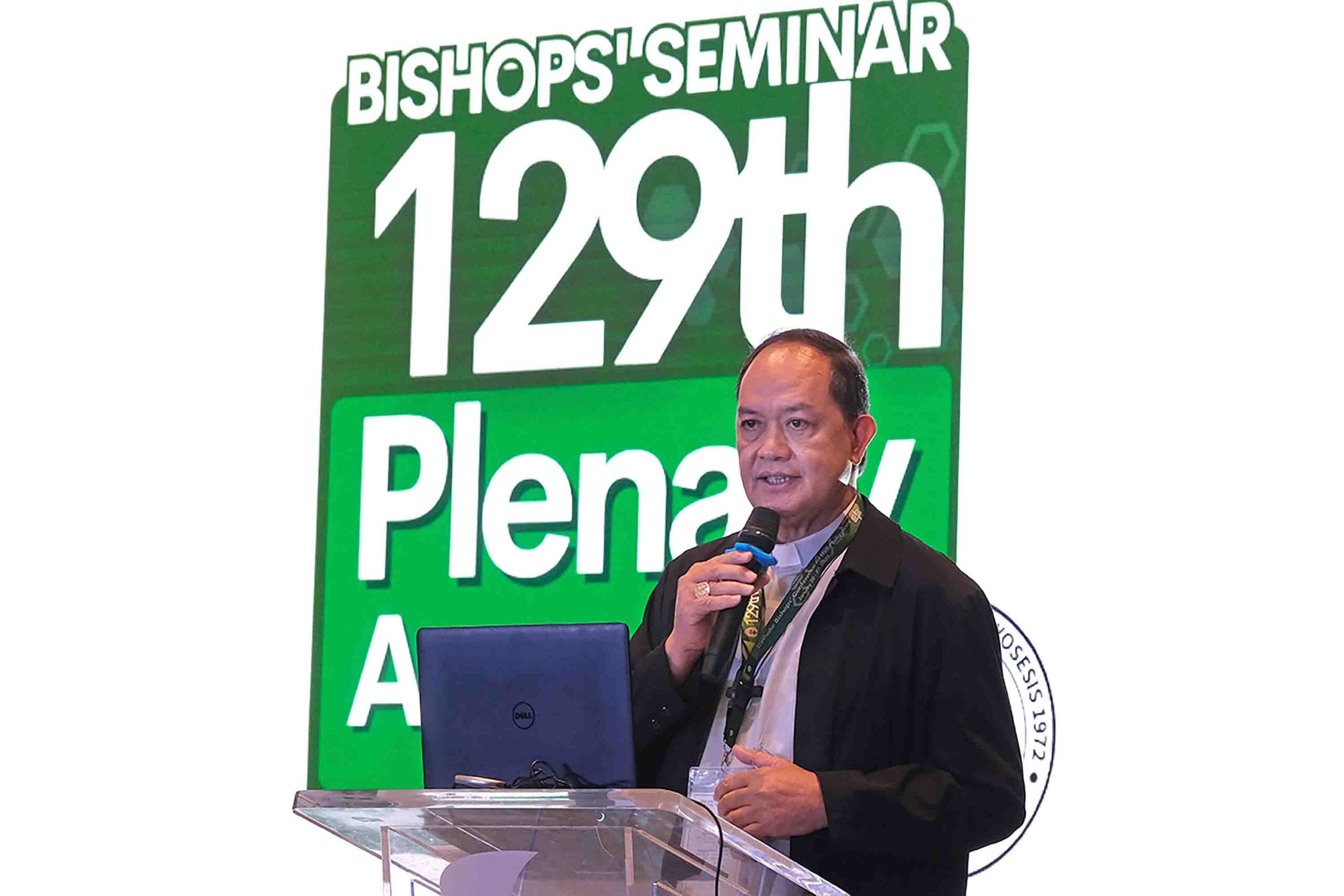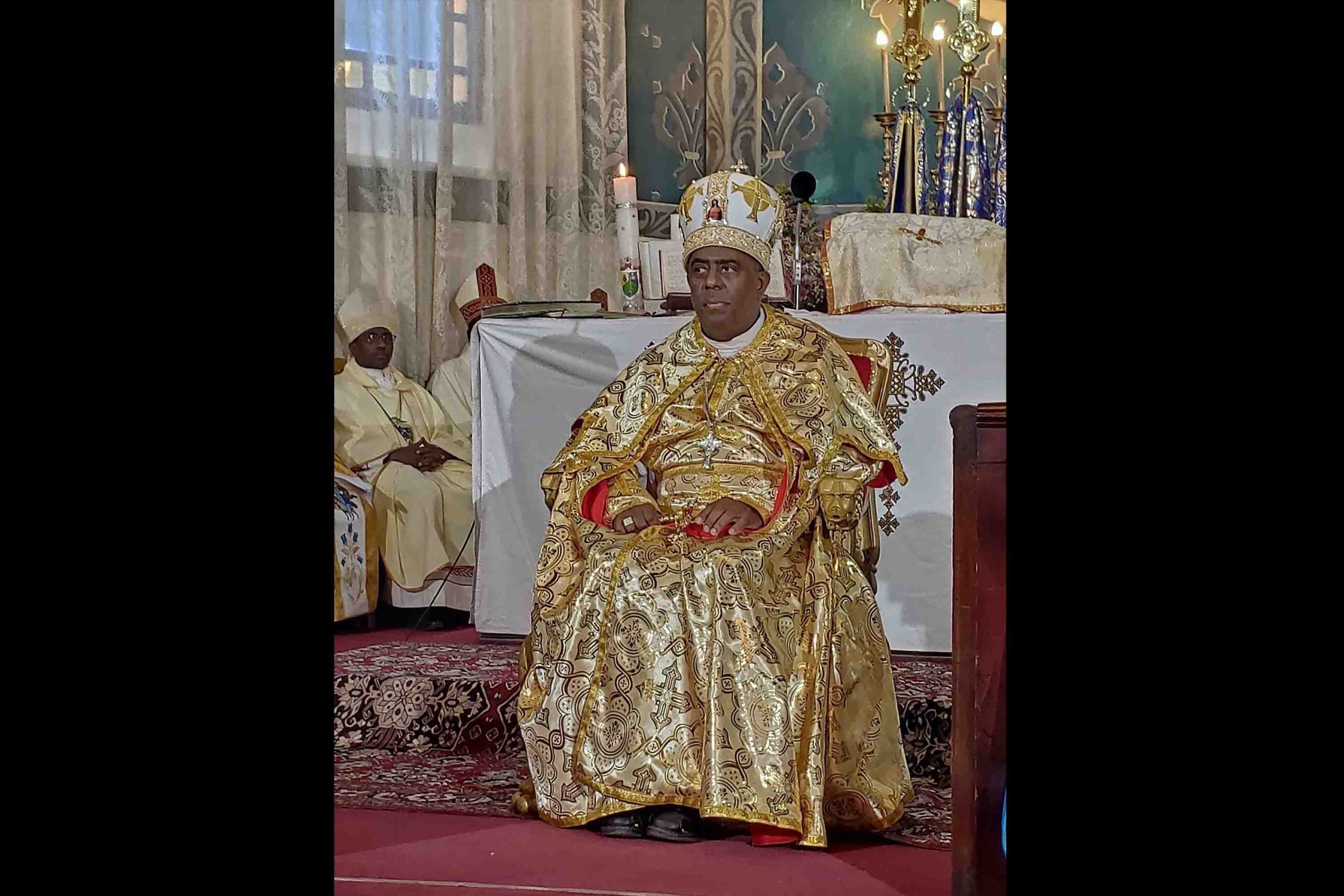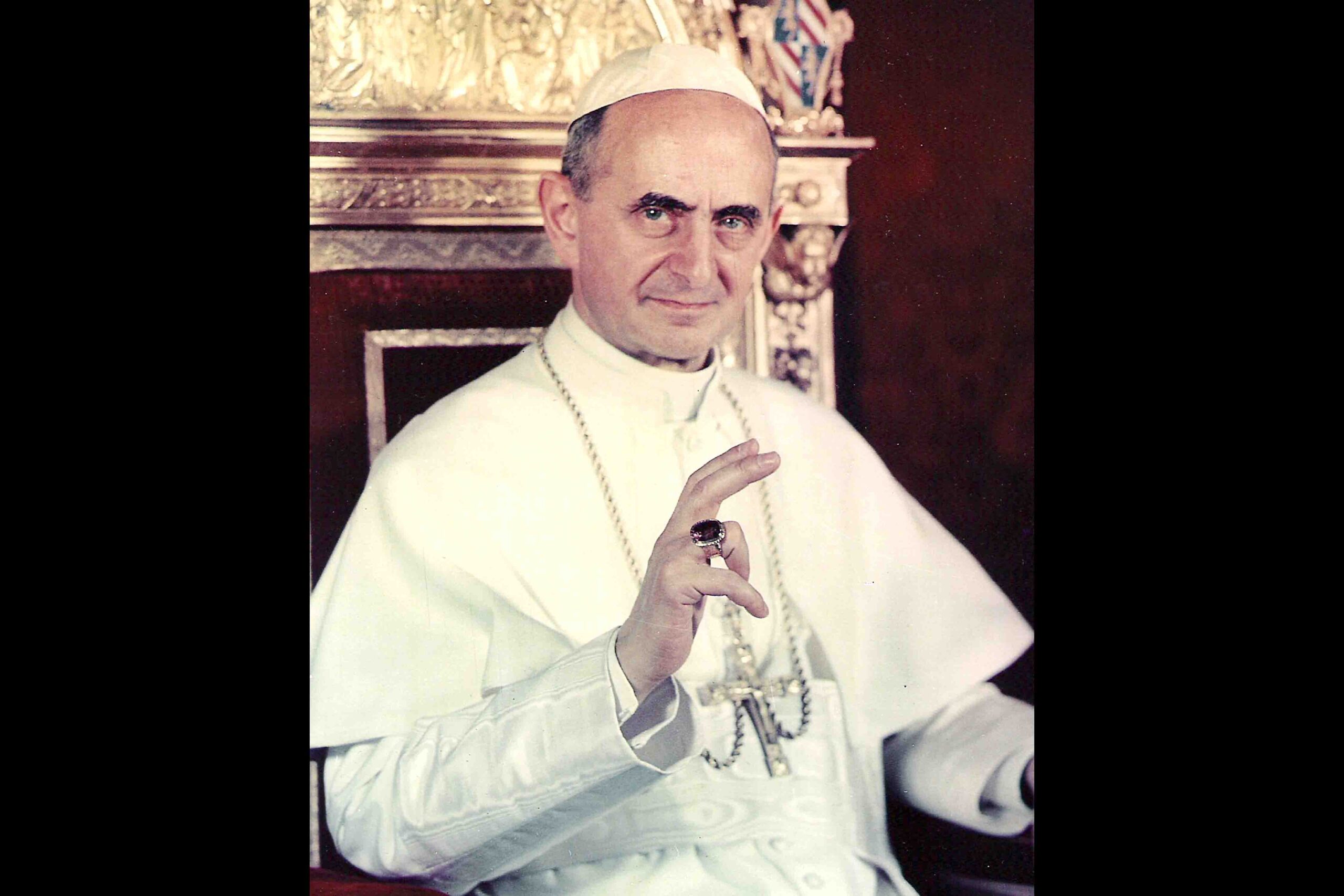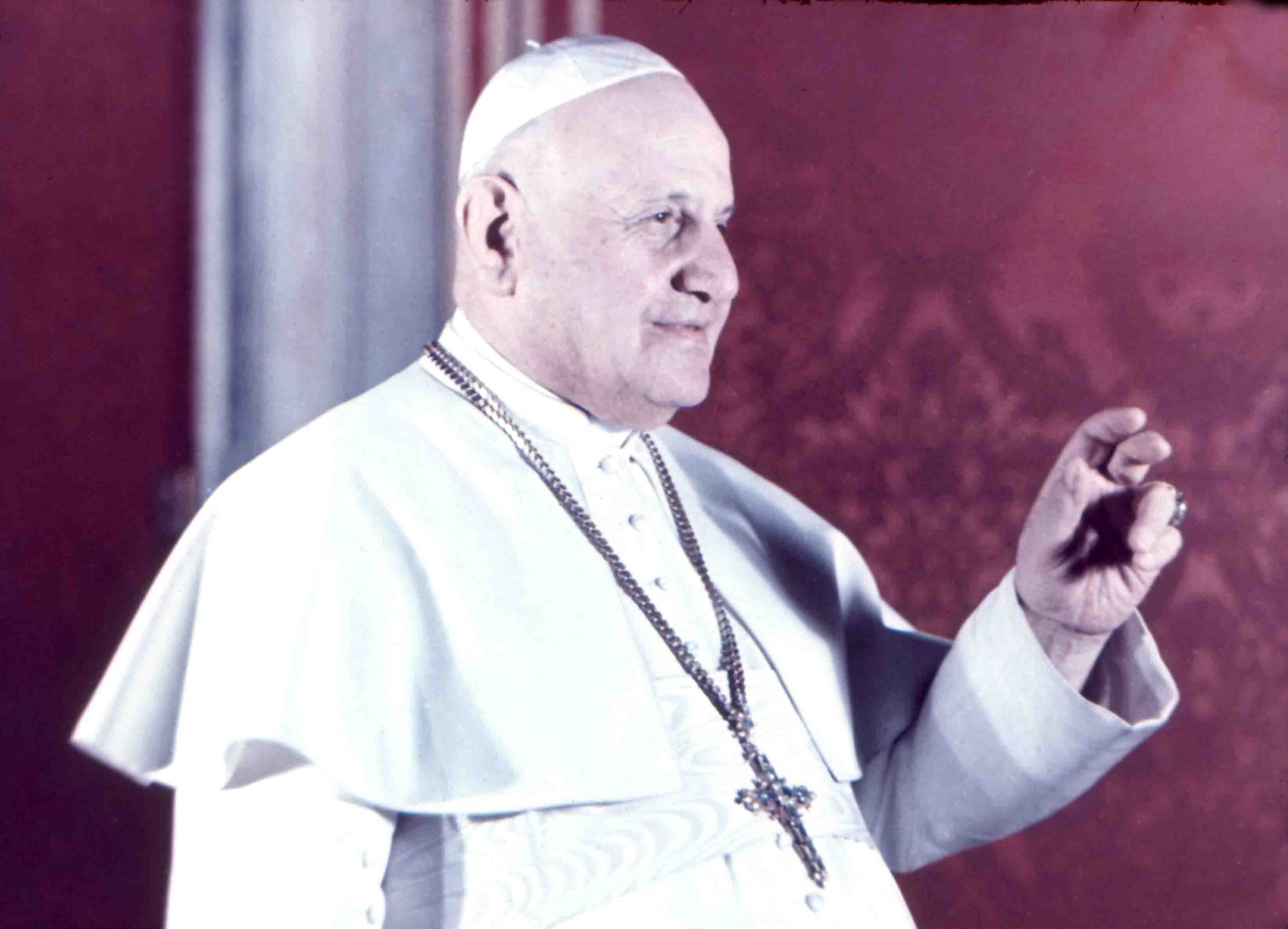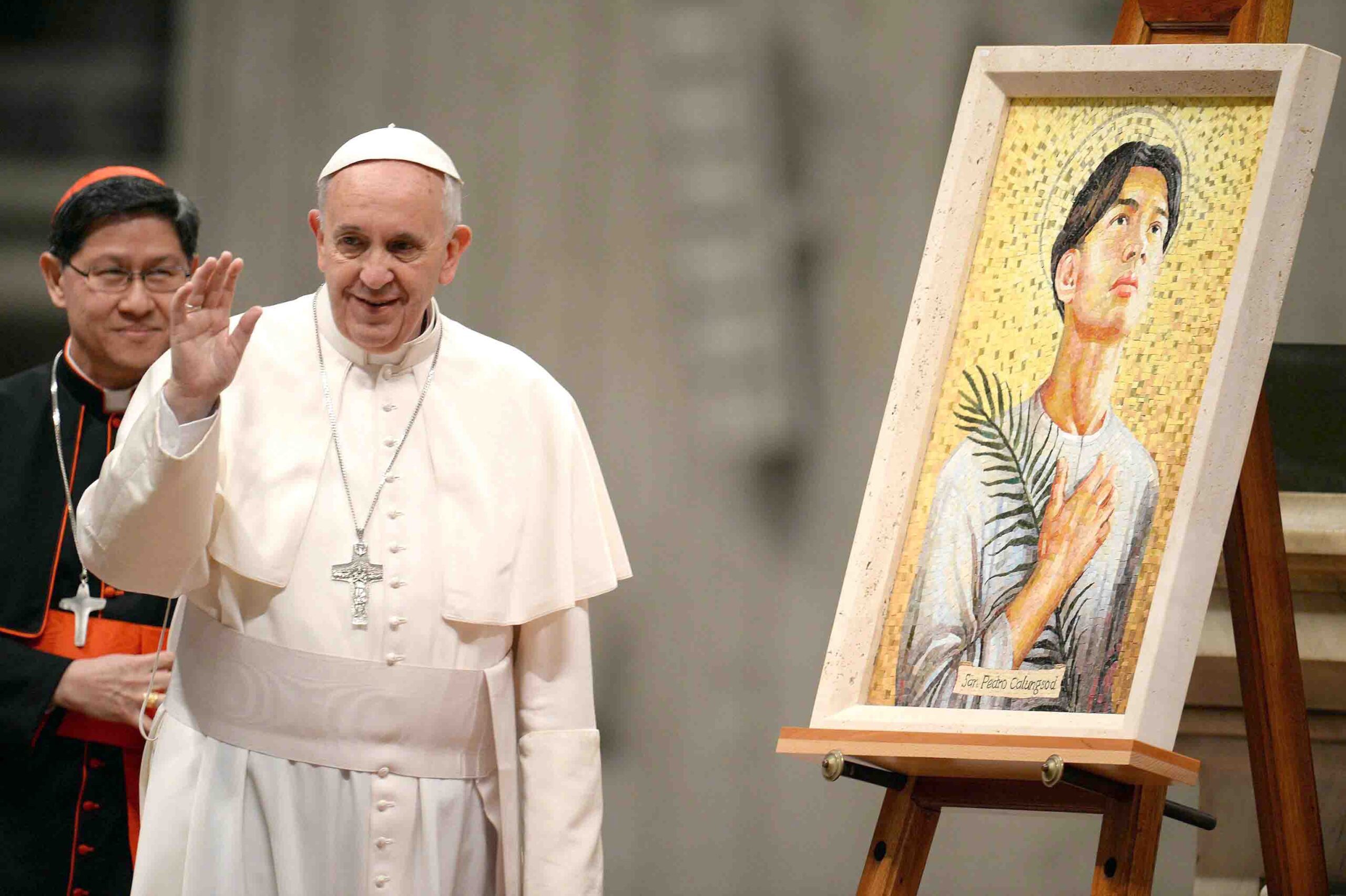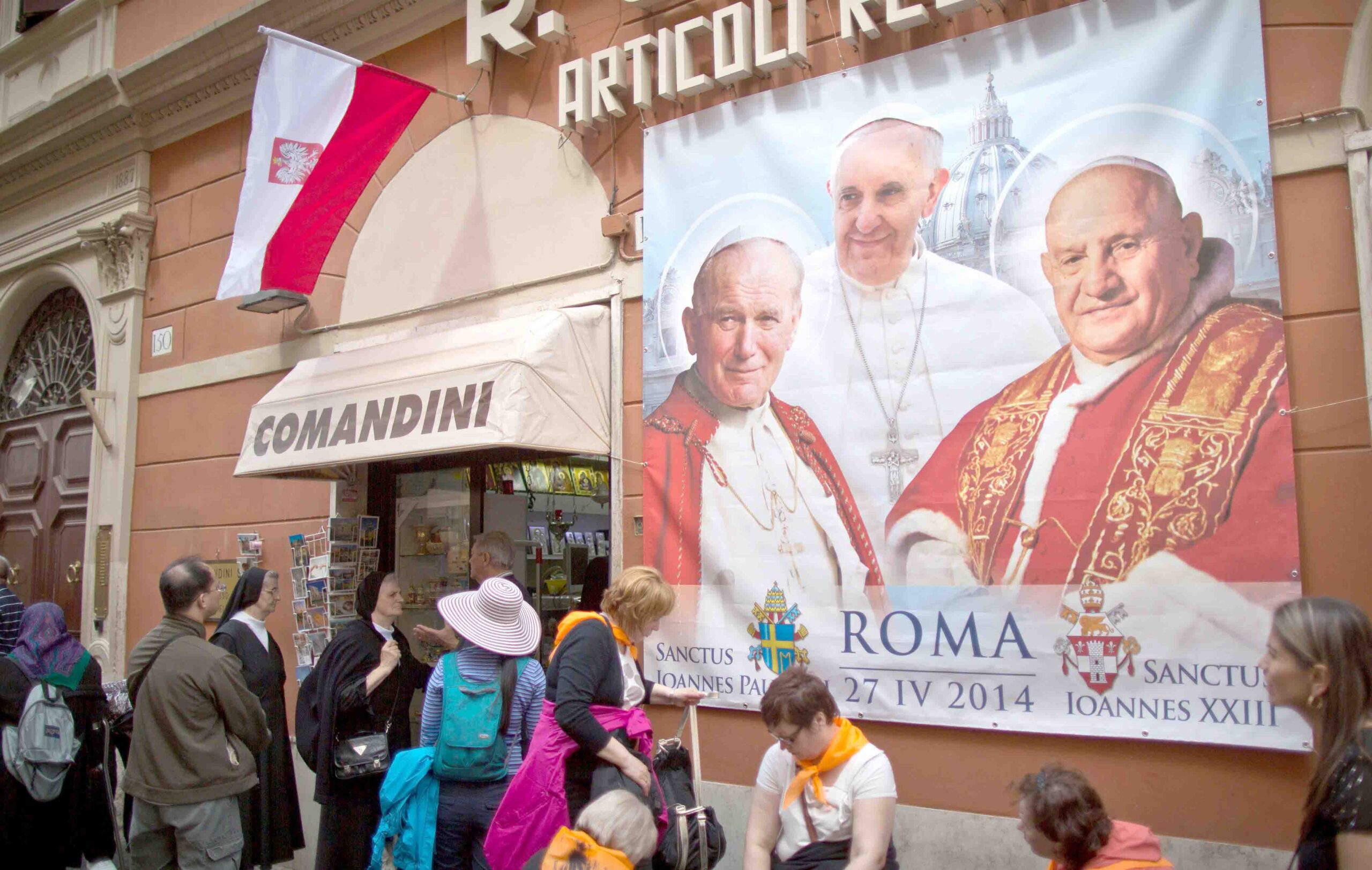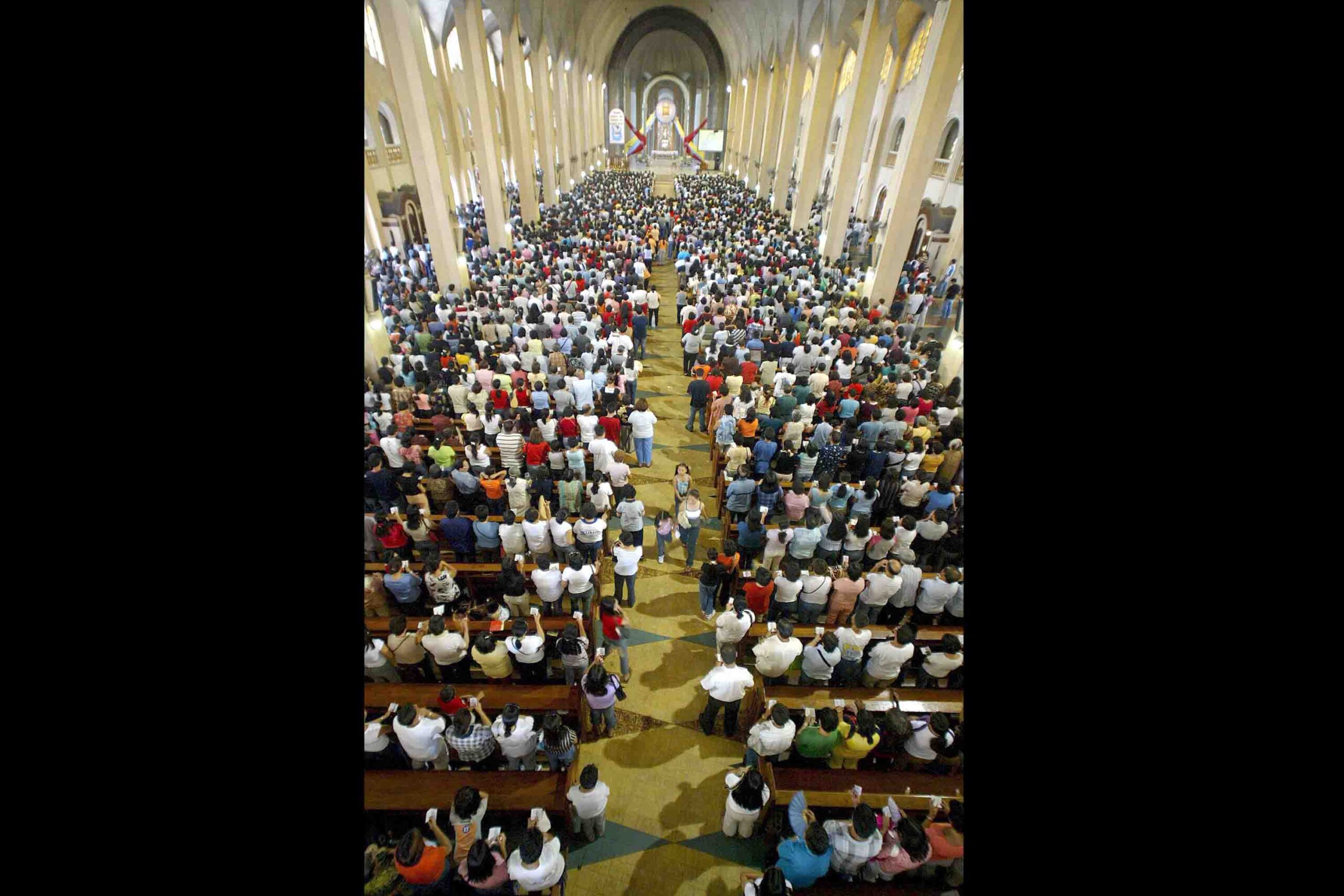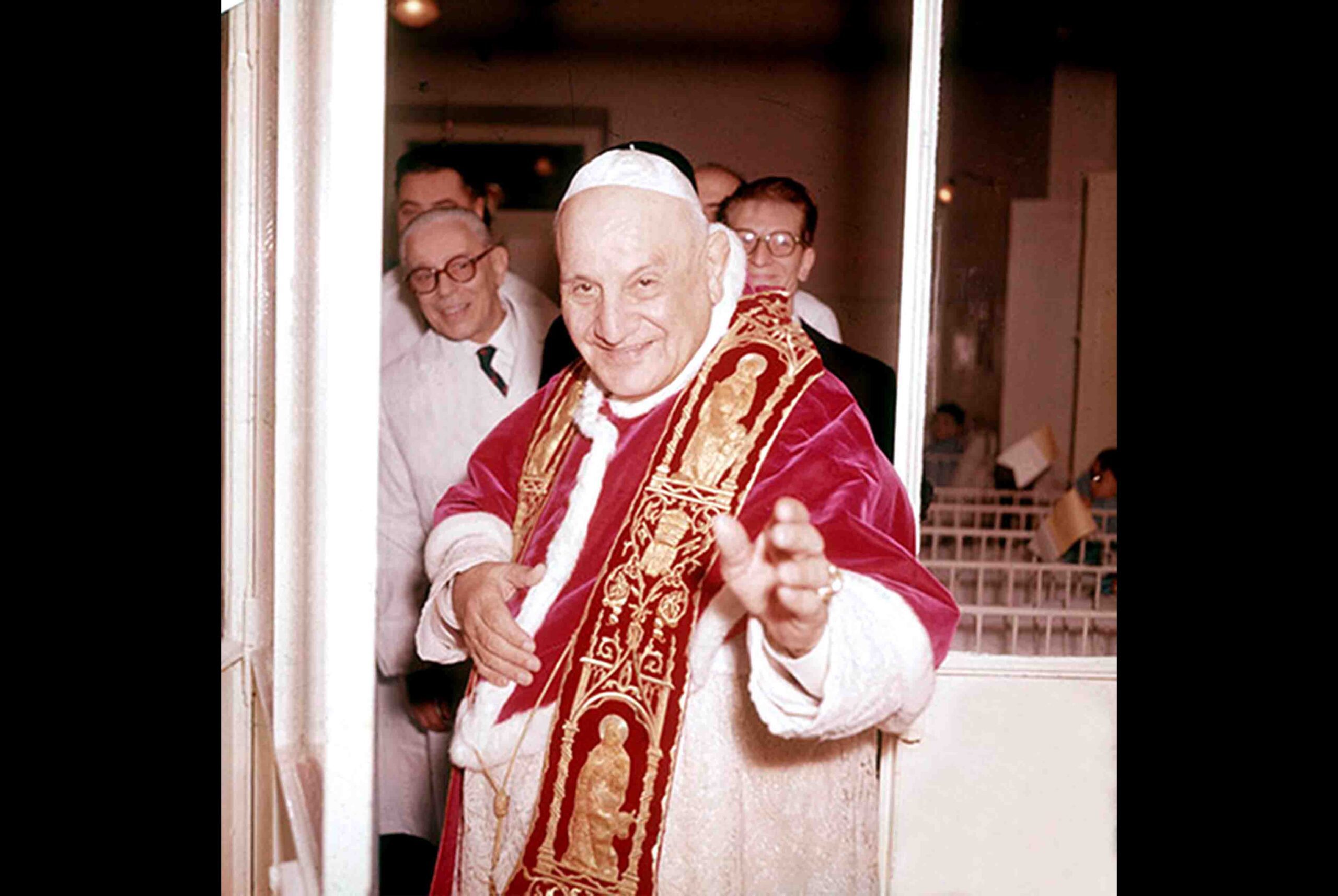Of the sixteen documents of Vatican II (1962-1965), only Dei Verbum [DV] (Word of God) was discussed at all four Council sessions. After a one-paragraph introduction, the document is presented in six short chapters: (1) Revelation Itself, (2) Handing on Divine Revelation, (3) Sacred Scripture, Its Inspiration and Divine Interpretation, (4) The Old Testament, (5) The New Testament, and (6) Sacred Scripture in the Life of the Church.
Vatican II desired that “by hearing the message of salvation, the whole world may believe; by believing, it may hope; and by hoping, it may love” (DV, 1, quoting Saint Augustine). Briefly stated, this document seeks to help people in their search for truth to strengthen their faith and understand how God speaks to them and how they accept the message as God’s voice.
I. Revelation is not just words about God; it is an authentic experience of the living God, an unfolding of God’s very person. The text asserts that God has spoken to people in many and varied ways in the past, but “now in these days, God has spoken to us through his Son” (Hebrews, 1:1-2). Jesus Christ is God’s definitive word and this covenant will never pass away. Thus, “we do not await any new or further public revelation before the final manifestation of our Lord Jesus Christ” (cf. I Timothy, 6:14 and Titus, 2:13).
II. How is the marvelous message of salvation communicated and transmitted? In the early Church, the message was preached and taught orally–and by the early Christians’ witness of life. In time it was seen that this oral message needed to be written down for clarity, authenticity, and continued transmission. Thus, the Council teaches that “Sacred Tradition and Sacred Scripture form one sacred deposit of the Word of God … [that is] entrusted exclusively to the teaching office of the Church” (DV, 10). Under the guidance of the Holy Spirit, this entire process seeks to “contribute effectively to the salvation of souls” (DV, 10).
III. As noted above, this third chapter clarifies how scripture is inspired and how it is to be validly interpreted. The scripture writers were persons with normal human intelligence and knowledge and used human languages. Yet, they delivered God’s message faithfully and without error, guided and inspired by the Holy Spirit. One can validly say that both God and the human writers are the “real authors” of scripture. Truly, the Bible is a God-inspired text entrusted to the Church for propagating and nurturing the Christian faith.
IV. Both Testaments are equally the inspired Word of God; thus, the “old” Testament is in no way a “lesser” or “outdated” part of the Bible. The Old Testament remains significant because it communicates how God has been active throughout human history; it also reveals God’s plan to provide a universal savior for all humanity. Indeed, “God, the inspirer, and author of both Testaments, wisely arranged that the New Testament be hidden in the Old and the Old be made manifest in the New” (DV, 16). Following Vatican II, the renewed liturgy added more than 3,000 Old Testament verses to the cycle of readings.
V. The New Testament contains the four Gospels, the Pauline epistles, and other apostolic writings. All these belong to the “canon” of scripture; they are judged to be divinely inspired writings, composed under the inspiration of the Holy Spirit. In God’s wise plan, they focus on Christ the Lord, his teachings, his saving power, as well as the beginnings and growth of the early Church (cf. DV, 20). Containing the story of salvation and the truths about Jesus Christ, they teach us how to live our lives as disciples.
VI. The final chapter of Dei Verbum offers much concrete, practical advice for all Christians. In DV, 25, we are urged “to learn by frequent reading of the divine Scriptures the ‘excellent knowledge of Jesus Christ’” (Philippians, 3:8). The text also recalls the words of Saint Jerome: “Ignorance of the Scriptures is ignorance of Christ,” and that “prayer should accompany the reading of Sacred Scripture, so that God and humans may talk together.”
Conclusion. Since Vatican II, we have come to appreciate how the Church’s liturgy employs an enhanced use of both OT and NT scripture. Masses on most Sundays and major feasts include three biblical readings in a three-year cycle. Weekday Masses have a two-year cycle with two readings, the first taken either from the Old or New Testament. This beautiful transformation has deepened our faith, resulting in a growing reverence for the Word of God. Our hearts are filled with gratitude!
James H. Kroeger, MM, served mission in Asia for over five decades; recently he authored Walking with Pope Francis; The Official Documents in Everyday Language (Paulines, Manila – 2023) and A Joyful Journey with Pope Francis (Claretians, Manila – 2024).



